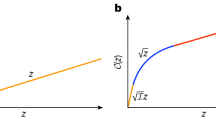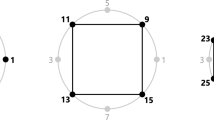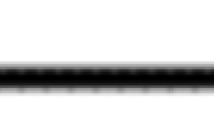Abstract
IN your issue of August 22, Mr. A. B. Basset asks for solutions of the two problems, the trisection of an angle by means of the cissoid, and the duplication of the cube by the conchoid. I happened to come across a solution of the latter in an old book, Leslie's “Geometrical Analysis” (1821), where the problem is solved also in several other ways—by means of the cissoid, two parabolas, a rectangular hyperbola and circle, and the logarithmic curve. The problem of the trisection of an angle is also solved in several ways—by means of the conchoid (two ways), an hyperbola (e = 2) and intersecting circle, a rectangular hyperbola and circle, the quadratrix, the companion to the cycloid, and the Archimedean spiral, but not by the cissoid.
This is a preview of subscription content, access via your institution
Access options
Subscribe to this journal
Receive 51 print issues and online access
$199.00 per year
only $3.90 per issue
Buy this article
- Purchase on Springer Link
- Instant access to full article PDF
Prices may be subject to local taxes which are calculated during checkout
Similar content being viewed by others
Author information
Authors and Affiliations
Rights and permissions
About this article
Cite this article
SOMMERVILLE, D. Two Problems of Geometry. Nature 64, 526–527 (1901). https://doi.org/10.1038/064526b0
Issue Date:
DOI: https://doi.org/10.1038/064526b0
Comments
By submitting a comment you agree to abide by our Terms and Community Guidelines. If you find something abusive or that does not comply with our terms or guidelines please flag it as inappropriate.



